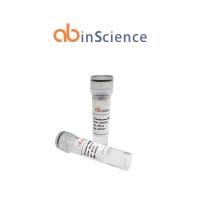Optimal Molecular Profiling of Tissue and Tissue Components: Defining the Best Processing and Microdissection Methods for Biomedical Applications
互联网
599
Isolation of well-preserved pure cell populations is a prerequisite for sound studies of the molecular basis of pancreatic malignancy and other biological phenomena. This chapter reviews current methods for obtaining anatomically specific signals from molecules isolated from tissues, a basic requirement for productive linking of phenotype and genotype. The quality of samples isolated from tissue and used for molecular analysis is often glossed-over or omitted from publications, making interpretation and replication of data difficult or impossible. Fortunately, recently developed techniques allow life scientists to better document and control the quality of samples used for a given assay, creating a foundation for improvement in this area. Tissue processing for molecular studies usually involves some or all of the following steps: tissue collection, gross dissection/identification, fixation, processing/embedding, storage/archiving, sectioning, staining, microdissection/annotation, and pure analyte labeling/identification. High-quality tissue microdissection does not necessarily mean high-quality samples to analyze. The quality of biomaterials obtained for analysis is highly dependent on steps upstream and downstream from tissue microdissection. We provide protocols for each of these steps, and encourage you to improve upon these. It is worth the effort of every laboratory to optimize and document its technique at each stage of the process, and we provide a starting point for those willing to spend the time to optimize. In our view, poor documentation of tissue and cell type of origin and the use of nonoptimized protocols is a source of inefficiency in current life science research. Even incremental improvement in this area will increase productivity significantly.









